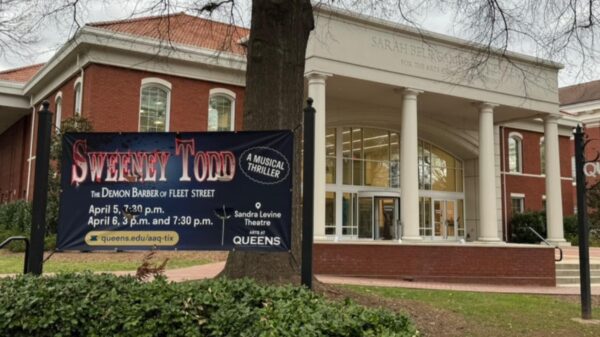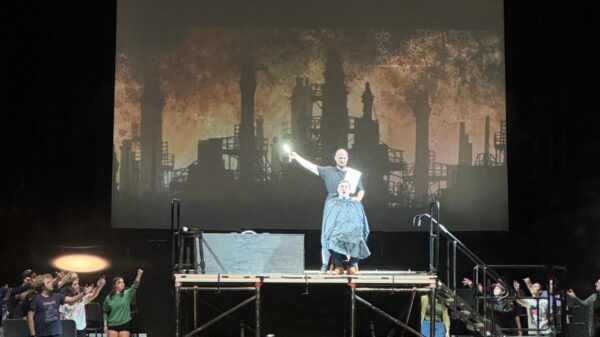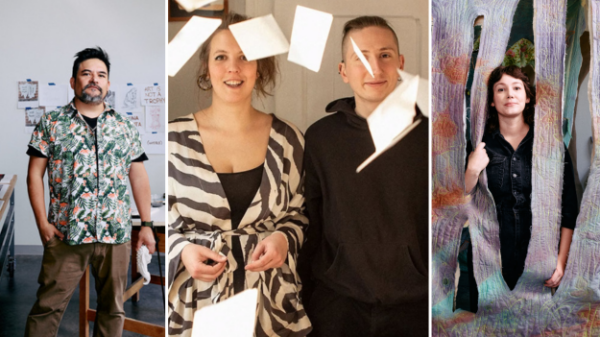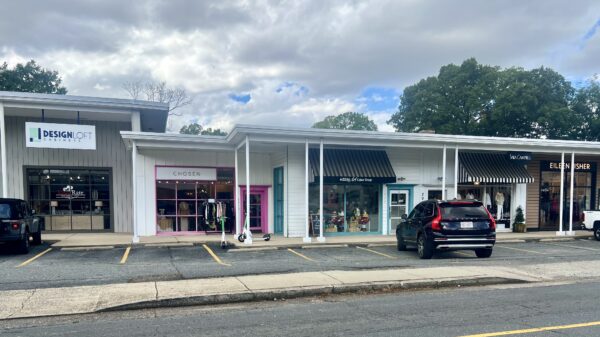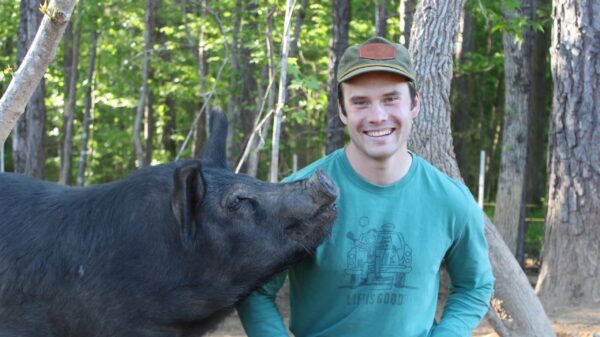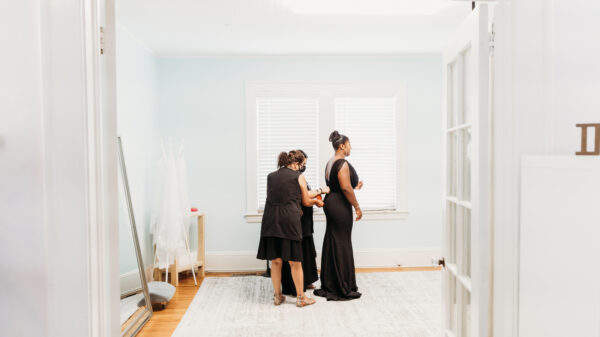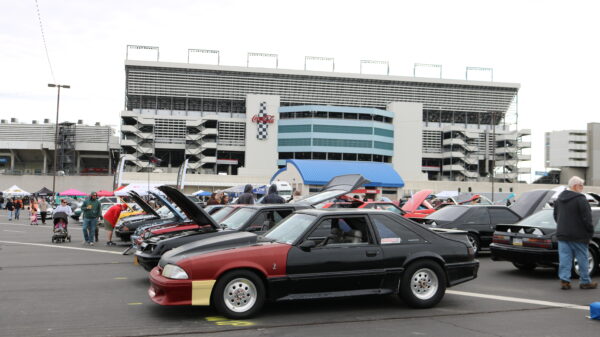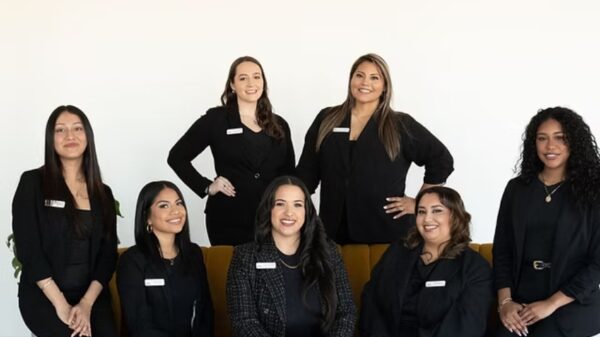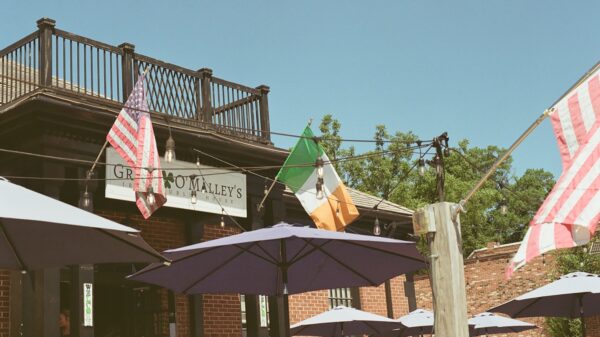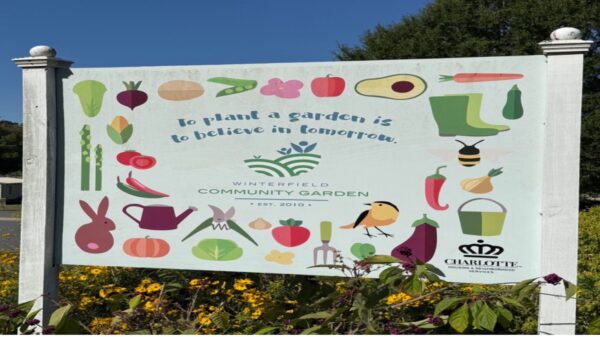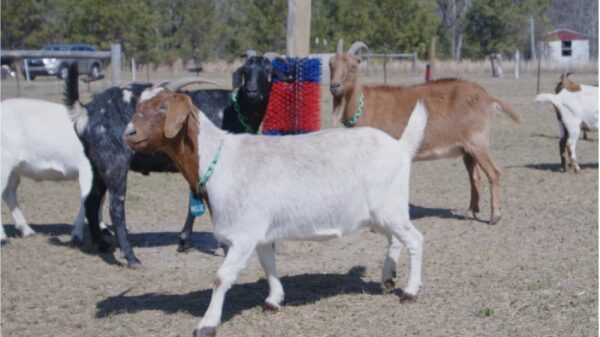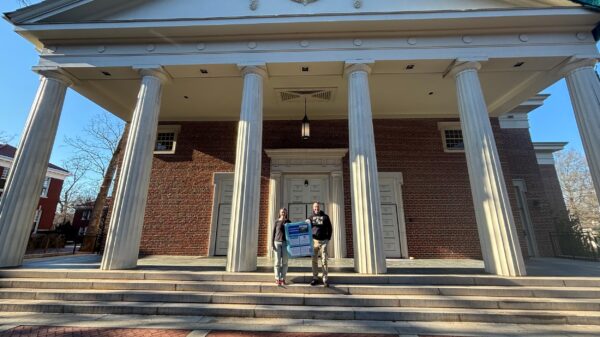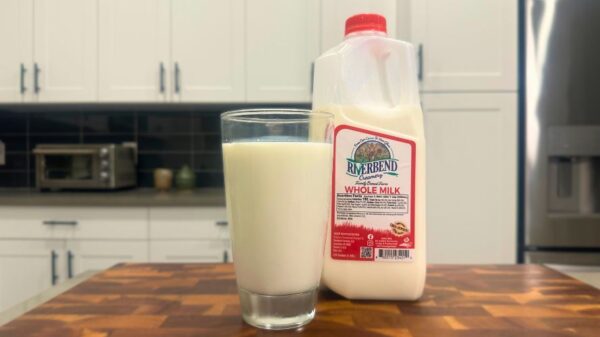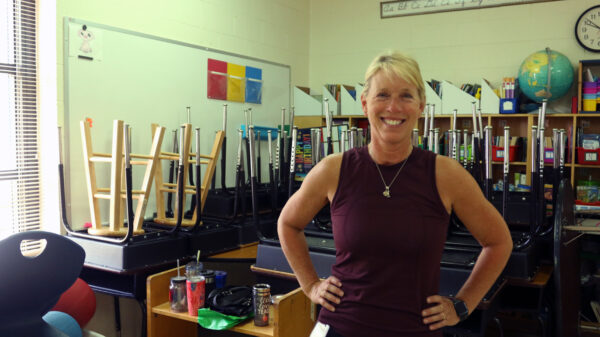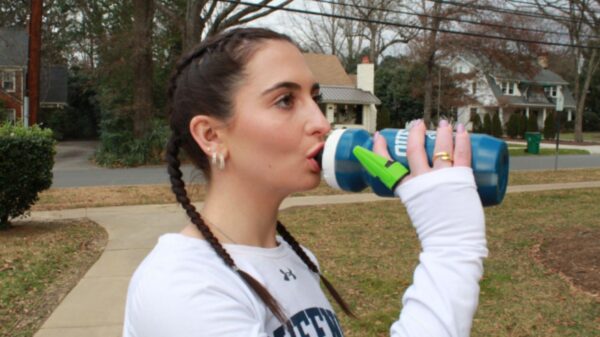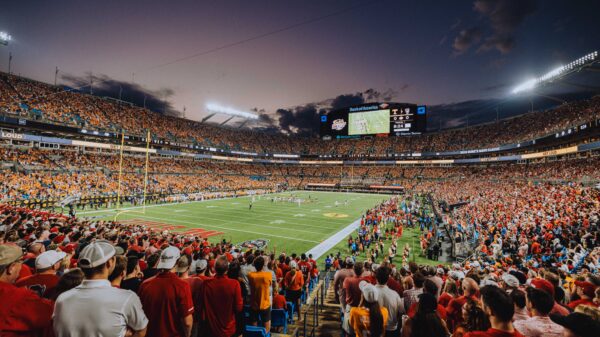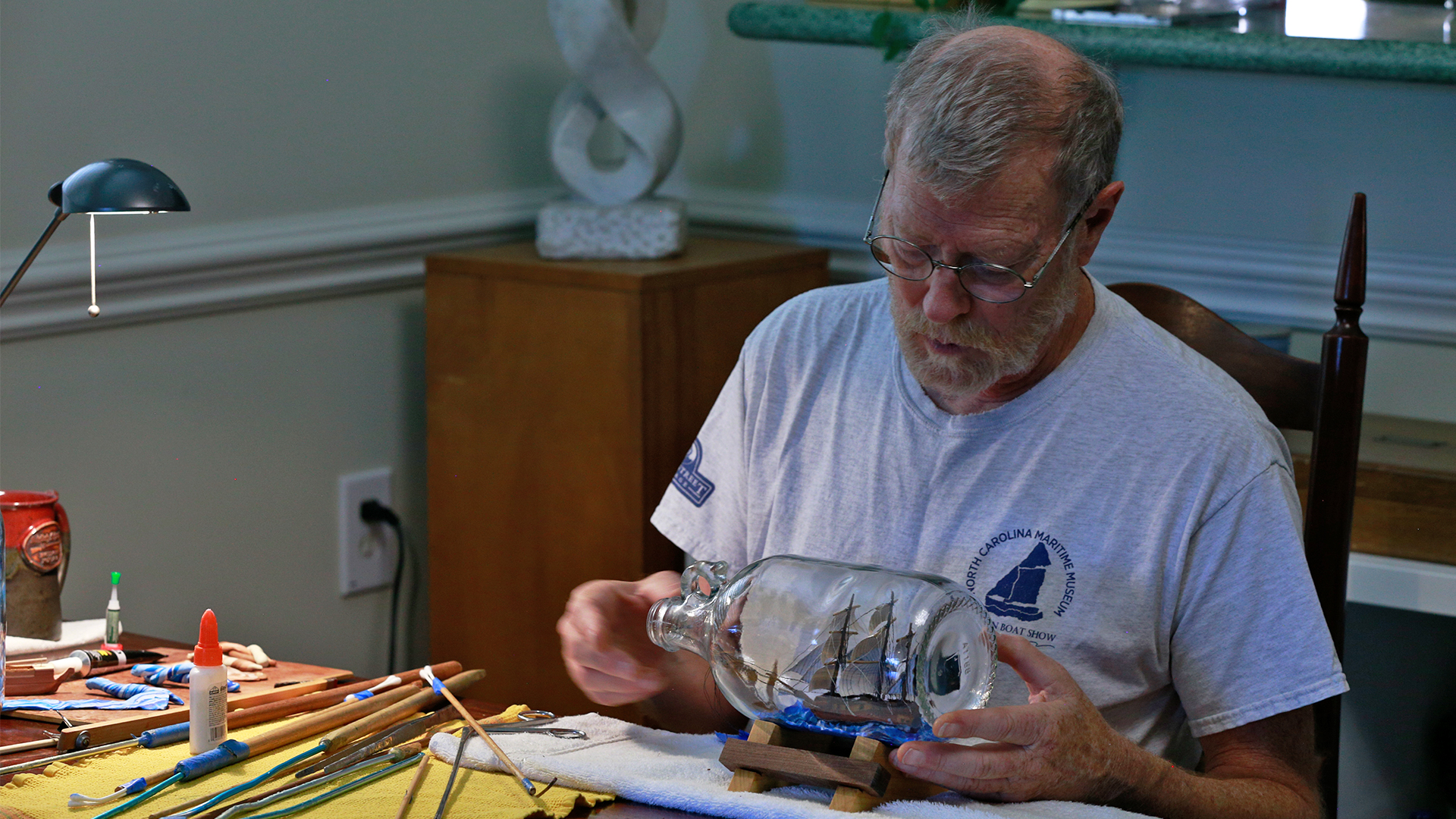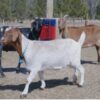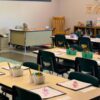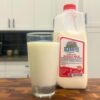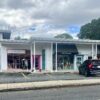About 1,000 people a day are moving into North Carolina. A Charlotte-based builder of ships in bottles has a tip for them.
Pirate Season is underway.
On Saturday, Sept. 18, Bath Fest celebrates the golden age of piracy. Bath was the first town in North Carolina and a stopping place for Blackbeard. Talk Like a Pirate Day is set for Sept. 19. Blackbeard’s Pirate Jamboree takes place Oct. 29 on Ocracoke, and the Carolina Renaissance Festival’s Pirate Christmas Weekend is scheduled for Nov. 6 in Huntersville.
“In September and October, and up to November, that’s kind of like the ending time of
Blackbeard,” Goodwin said recently. “His career as a pirate only lasted a couple of years. The Queen Anne’s Revenge is notable in North Carolina because it was wrecked here off of Beaufort Inlet, and Blackbeard had an affinity for North Carolina, especially around the Ocracoke area. He did get pardoned by Governor Eden who was up in the Bath area, and that’s where he also got his 14th wife.”
Goodwin explained that Blackbeard, also known as Edward Teach or Thache, is now believed to have intentionally grounded his largest pirate ship, the Queen Anne’s Revenge, in the early summer of 1718, then made his way to Bath in the sloop Adventure, where he dealt with Charles Eden, governor of the North Carolina colony. In October, when Blackbeard hosted a big party for his pirate mates on Ocracoke Island, the lieutenant governor of Virginia became suspicious of what might come next. Alexander Spotswood worried that the island could become a new Nassau-like pirate headquarters, preying on victims along the Atlantic coast. So Spotswood sent two sloops to take out Blackbeard. Led by Lt. Robert Maynard, Goodwin explained, the operation succeeded near Cape Hatteras on Nov. 22, 1718.
Goodwin knows this history partly because almost half of the 2,870 ships in bottles he’s built are focused on piracy. Operating out of his studio — a section of his garage — Goodwin builds ships for sale in shops along the Atlantic coast, and builds commissions of ships, dioramas, and nautical history re-creations for museums.
In 2015, the cover of Nautical Research Journal, a bible of ship model building, featured Goodwin’s historically authentic scale model of a 1799 galley called the Governor Williams. Bottles in ships were a major story element of the 2009 film “The Lovely Bones,” starring Mark Wahlberg. Goodwin built the models in the film. He’s been profiled by CBS Sunday Morning and the Woodwright’s Shop on PBS. Goodwin is now building a diorama for the Graveyard of the Atlantic Museum on Hatteras Island, in celebration of the 250th anniversary of the Declaration of Independence in 2026.
Goodwin’s craft started as a hobby in 1999, when a friend noticed his talent and suggested that he start making ships in bottles. After reading two books, Goodwin was hooked.
“With the ships and bottles, they stem from my interest as a youth in making model ships. I started out making plastic ones and then later on I started making wooden ships,” Goodwin said. “Not many people are making them these days due to the complication of it, which I find ‘engineeringly challenging.’ Within the United States, probably fewer than 300 people are making these, and globally, probably fewer than 2,500.”
Goodwin has focused on the Queen Anne’s Revenge and the Adventure in recent years. Models of coastal lighthouses — the touchstones of family vacations and engagements — are also popular. People sometimes commission models of the ship their immigrant ancestors arrived on.
The craft also forces Goodwin to become an expert on bottles. He often uses a half-gallon cider jug for the Queen Anne’s Revenge. The ships of other infamous pirates, including Charles Vane, Calico Jack Rackham, Anne Bonny, and Mary Read, fit into half-gallon whisky bottles.
Placing ships in the bottle is not the most difficult challenge, Goodwin explained. Masts are attached to tiny hinges, and after the folded-down assembly fits through the bottle opening, the mast and sails are raised by pulling on threads. A dozen long-handled, slender varieties of tweezers, hemostats, pliers, guides, probes and swabs simplify the insertion process.
“Depending on the ship, I can spend anywhere from seven to 40 hours per ship, per bottle, per piece,” Goodwin said. “Typically, I spend about maybe 14 to 20. That includes cleaning the bottle, preparing the bottle for the insertion. Building the ship takes about 85% of the time and inserting the ship into the bottle only takes less than a minute.”
Goodwin demonstrates the craft at shows focused on art, maritime history and wooden boats. Listening to the reactions of people provides a great sense of satisfaction for Goodwin.
“What really excites me is when people come into my booth and look at my work,” he said. “They look at the details or they point to a particular lighthouse and say, ‘that’s where we went.’”
-
Elvis Menayese of Cardiff, Wales, is a 2022 graduate of the James L. Knight School of Communication. Elvis majored in multimedia storytelling with a journalism concentration, and in English literature. He was a Knight summer scholar with the news service in 2021, and also competed as an athlete on the Queens soccer team.
View all posts

